We all know what tectonics is — but does it happen by accident? Does it have to follow rules? Is there a method to the madness? Actually, there is: a beautiful, epic cycle of death and rebirth named after Canadian geophysicist John T. Wilson.
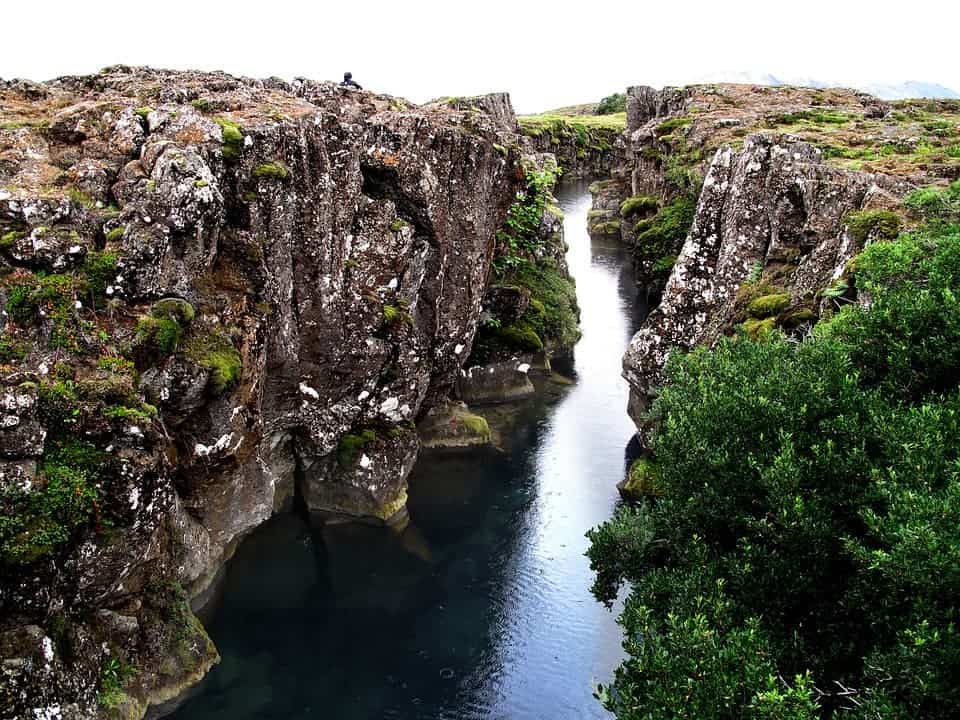
Geology is, in many ways, a matter of degrees. One of my freshman-year professors used to say that nothing “just happens” in geology, that every flake of rock adheres to the same rules that shape whole planets — it’s just a matter of how closely you look. Zoom into a single strand of sand and you’re dealing with petrography — the science of the stuff rocks are made of. Look at the whole beach, and you’re dealing with sedimentology and depositional systems. If you want to know how the beaches got there, you’ll need tectonics.
And while each level of zoom paints a strikingly different picture, they’re all iterations of a single story. A story in which physics, chemistry, and sometimes biology, take the leading roles. Their interplay dictates everything, from the intensity of Earth’s magnetic field to the price of gas.
Of these processes, tectonics plays out on the more massive scale of things. Look at a map — it’s tectonics who made it be that way. And it seems to be unique to the Earth. There are some other planets around there that seem to do it, some very similarly to ours, but the way our blue corner of space goes about tectonics is to the best of our knowledge, unique.
But, being the science-savvy folks that you are, I’m sure you know this already. So what I’d want to talk about today is what you’ll find when you zoom out from tectonics one more time. The rules, if you will, which tectonics has to play by. A guidebook that geologists know as:
The Wilson Cycle
Well if you’re a stickler for rules it’s technically the Supercontinent Cycle, but that’s just a mouthful so I don’t use the term.
So let’s get down to business. You know how the Earth’s crust is made out of plates that skim on the surface of a molten ocean of lava (the mantle), bumping into one another? Some of them get pushed back down into the mantle where they’re recycled, so have you ever asked yourself — why don’t we run out of plates?
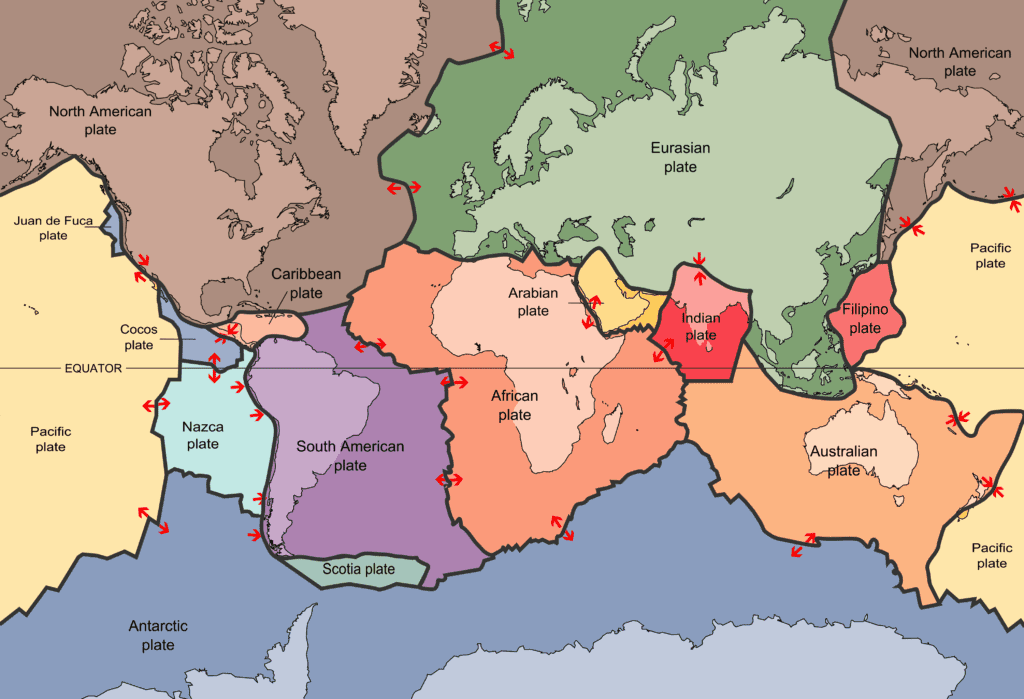
Image credits USGS.
Well, the mantle also helpfully supplies new plate material in rift areas — places where existing tectonic plates drift away from one another, so the mantle can reach the surface and harden into rocks. And when they don’t really feel like bumping into or away from each other, they just slide past one another. We call these latter ones “transform boundaries,” while the bits where plates mash together are known as convergent boundaries and those where they move apart are divergent boundaries. Pretty clever, eh?
Now, what John T. Wilson did to warrant us naming the thing after him was to theorize that the motions of these plates aren’t a random hodge-podge, but rather follow a predictable pattern — a cycle. Give them enough time, and these plates will mush together into a single supercontinent. Wait a bit after that, and you’ll see these plates squabble and break up into a lot of tiny continents, more closely resembling what we know today. The really patient (and ridiculously long-lived) will get so see this happening again and again.
One full cycle is estimated to be around 300 to 500 million years old, and the first one likely started somewhere between 3 and 3.2 billion years ago, when the Earth cooled down enough for the rocks we know and love today to harden into crust.
Step one: The Stable Craton
What we consider as being the crust is made up of three large families of rock, two of which form the bulk of it. Geologists also draw a line between oceanic and continental crust. This division stems from a difference in chemical compositions, which translate to physical differences: oceanic crust is generally made up of mafic igneous rocks (which have a lot of heavier minerals such as magnesium and ferric compounds, so they’re denser,) while continental crust largely made up of felsic igneous rocks (richer in lighter minerals such as feldspars and silica.) Both have generous sprinklings of sedimentary and metamorphic rocks.
Being denser, mafic rocks float deeper into the mantle, so they sink below the waterline. Felsic rocks, being less dense, rise above their mafic counterparts and break the waterline, forming land. That’s how they get their names — mafic/oceanic crust naturally bobs below the waterline and forms oceans, felsic/continental crust is light enough to potentially form dry land.
The first step in the Wilson Cycle starts with a single tectonically stable core (a craton) containing all felsic material surrounded by oceanic crust and, well, the ocean. Since all felsic material is contained here, this core can’t get any lighter or heavier so it stays at a perfect isostatic equilibrium (at a constant level on top of the mantle). There’s no more tectonic movement to form mountains, so erosion has had time to level this continent dead-flat, almost down to the waterline, all over its surface — a state referred to as a peneplane. There’s no volcanic activity and no earthquakes. It’s actually quite uneventful, even for what’s basically a pile of rocks.
Step two: The Rifting
Powered by the heat trapped in our planet’s interior, an incredibly hot and extremely powerful jet of molten material known as a mantle plume shoots upwards from the core and begins to eat into the craton. What happens next resembles a blowtorch melting through a slab of metal, but the material this plume is made of also has a lot of weight and speed, meaning it will also push against the rocks at the surface.
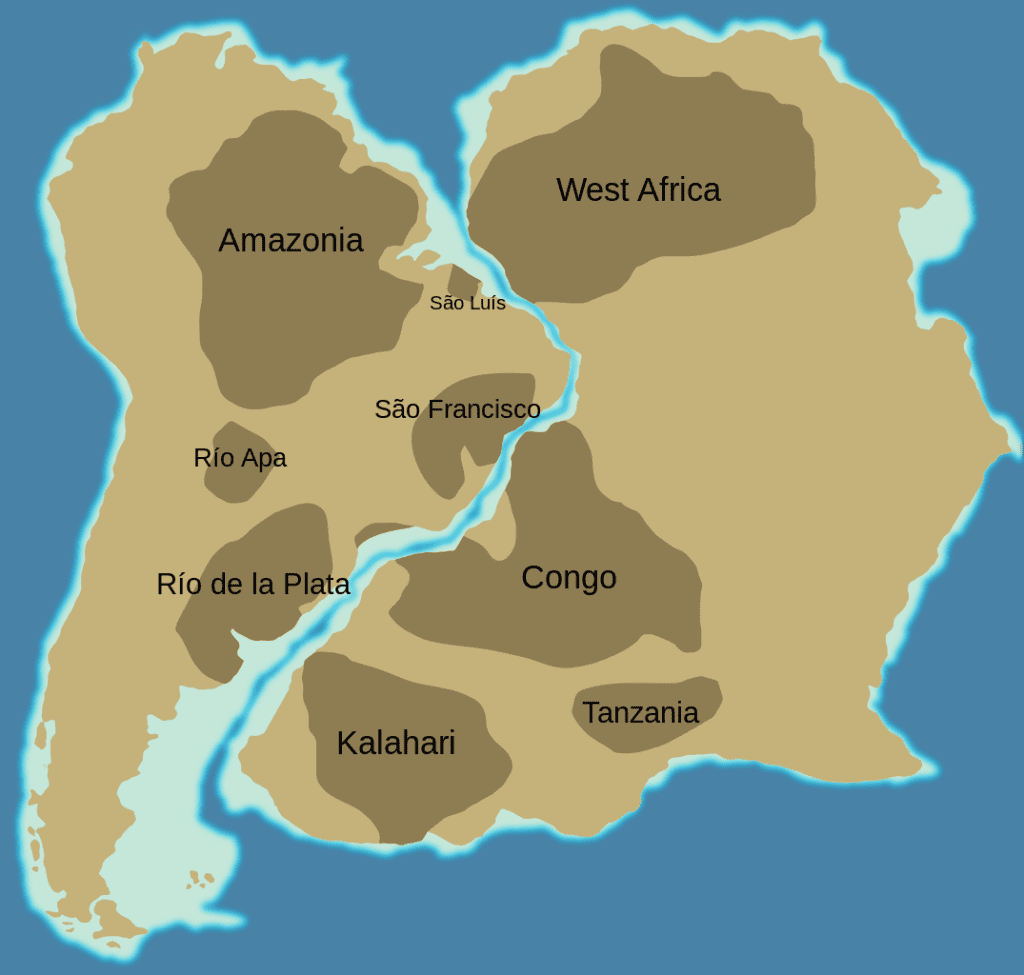
Image credits Woudloper / Wikimedia.
The rocks above the plume start to swell from heat dilation, pushing neighboring rocks aside and forming a dome on the surface. At the same time, the underside of the craton begins to melt — you can see a version of this happening in Yellowstone today. The combined effect is that the crust stretches and thins until it eventually fractures under mechanical stress. The fracturing usually follows three different directions, a triple junction, most often asymmetrical and diverging at odd angles from one another. Molten material from the underside rises up and forms surface vulcanism.
Step three and four: Divergence and Oceanification
These fractures are deep — they go all the way through the crust. Sometimes, as seems to be the case with Yellowstone, plumes just die off or are otherwise blocked in the mantle, and that’s that. But if it keeps going, the fractures can become longer and widen until there’s actually no more crust left in the area, forming a rift valley. Nature can’t have that, so water rushes in to fill the gap and hardens the magma into a ‘transition’ crust, which mixes pre-existing felsic and newly minted mafic rocks. Convection cells created by the plume slowly inch the neighboring slabs of rock apart, meaning more empty space, more oceanic crust formed here, and eventually, you have a full blow ocean on your hands.
So there’s an important thing to keep in mind here: rifting breaks continents apart and creates oceans.
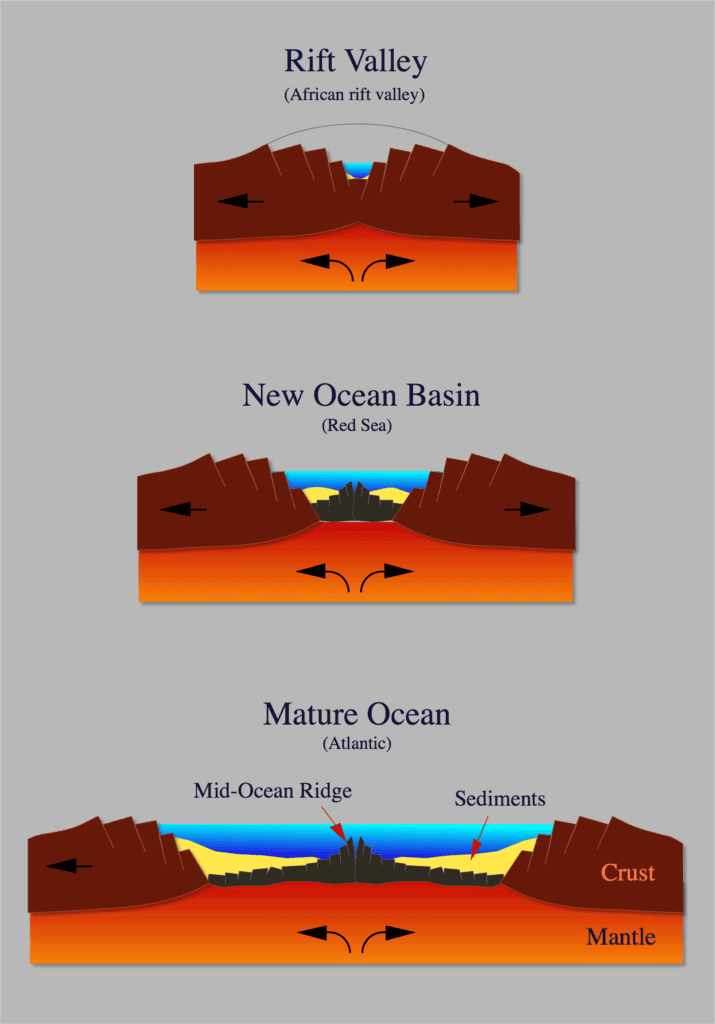
Image credits Hannes Grobe / Alfred Wegener Institute for Polar and Marine Research.
As these two continents float away from the rift, the new transition and oceanic crust cool down (becoming denser) and sink lower in the mantle. This process also pulls the original continental material from the rifting area that they’re attached to from about 3-5 km above sea level to roughly 14 km below the waterline in 100-110 million years. Some consider this to be a separate step in the process but that’s more of a geological technicality. I’ve mentioned it so you can get an idea of how much heat dilation affects the buoyancy of rocks (and it’s effect in step 1.)
Step Five: Convergence
The more astute of you may be suspecting that the Earth is, in fact, a pretty round object. Now it’s time for our thinking caps to come on.
What happens on one pole of the Earth when there’s a rift actively pumping out new crust on the opposite one for a few million years? Well, it either starts looking like a pug’s face (please be this one) or, or, it can stay round by recycling old crust back into the mantle to make room for the new one. Let’s check.
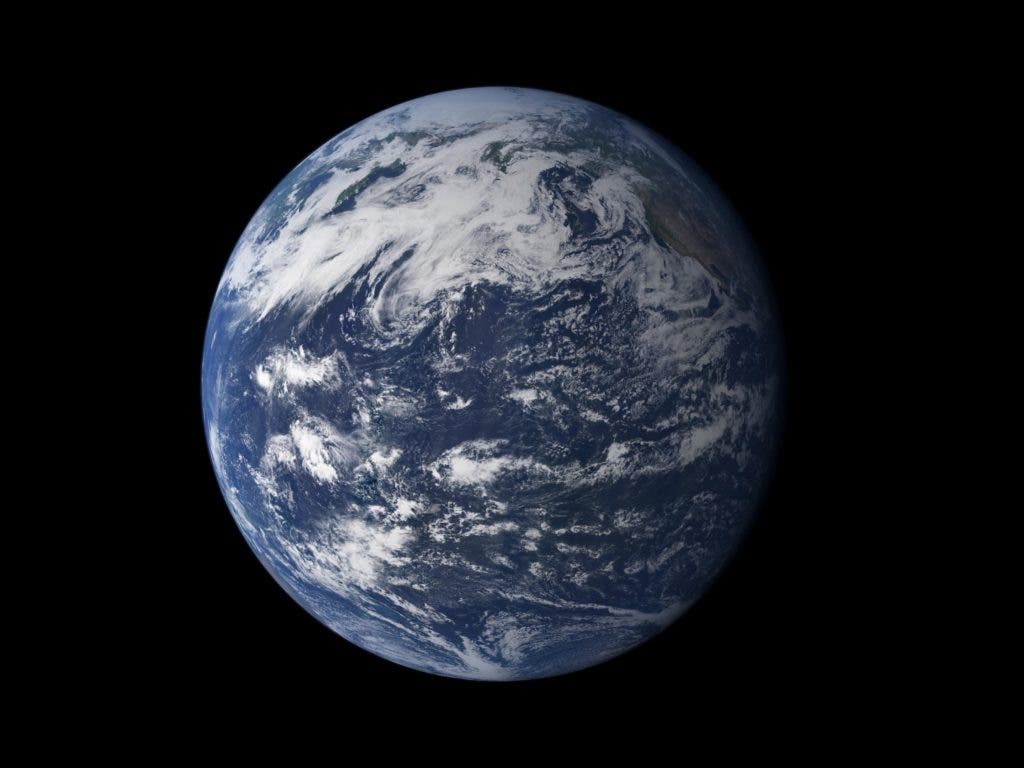
Image credits NASA.
Divergence (with the creation of a new crust) will eventually stop as the plume dies off. But it can go on for tens, even hundreds of millions of years, creating a lot of material before that happens. So some old crust needs to crack and subduct into the mantle to make room for all the new stuff. This doesn’t have to happen on the opposite pole, but it has to happen somewhere.
This is the second, closing half of the cycle. As a rule, it’s always oceanic crust that breaks and starts to subduct, since continental crust is just too floaty (in magma that is, not water.) So this subduction zone forms somewhere underwater since that’s where oceanic crust tends to hang around. But wherever it happens you’ll be able to spot it — there’ll be either an island arc nearby, formed by the top plate or a pre-existing continental edge. Part of the subducting crust is dragged down into a trench (about 1-2 km below the normal ocean floor,) and will heat up while it slides into the mantle. At about 120 km deep it’ll begin melting back into magma.
Step six: Re-continentalization
Let this process roll for long enough and all the old oceanic crust will subduct and continents will bump back into each other. There are a few more things taking place between S5 and S6, such as new mountains forming as the cratons get smushed, the creation of new subduction zones, and again, geological technicality.
This new continent will mix pieces of the old craton, bits of transition and oceanic crust (which will tend to sink to the bottom during suture,) and metamorphic rocks it picked up along the way.
In many ways, the second half of the cycle acts like the first one in reverse. It’s often less clear-cut than what I’ve told you about here: new rifts can form opposite the ‘old’ one, fracturing the continents even more. And while the effects of these two halves can become apparent hundreds, thousands of years apart, they take place simultaneously — when there’s new crust being formed, the old crust has to be consumed somewhere else. And it happens all the time. There’s constant creation and destruction of land going on on Earth, each day, right below our feet. Well, right below our feet and a few thousand kilometers out at sea, but you get what I mean.
The Wilson Cycle is the ultimate matchmaker and the end-all homewrecker. Give it enough time, and this process will, through sheer trial and error, bring all the land together, then break it up all over again.


